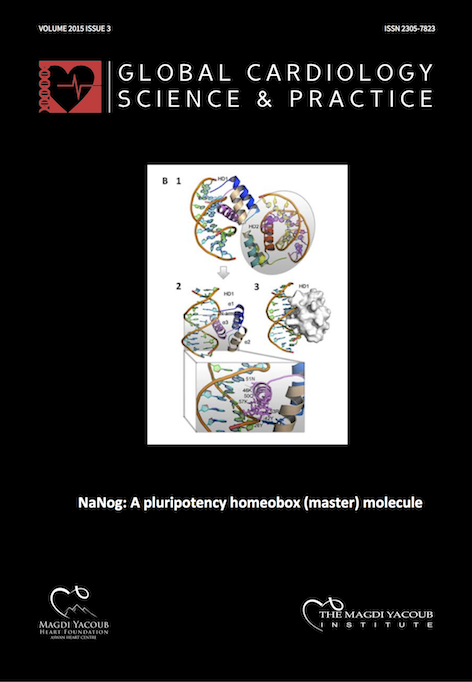FAME 2: Reshaping the approach to patients with stable coronary artery disease
Abstract
[first paragraph of article]
Contrary to its central role in patients with acute coronary syndromes (ACS), percutaneous coronary intervention (PCI) in stable ischemic heart disease (SIHD) remains largely restricted to patients in whom medical treatment fails to control symptoms, or those with a large area of myocardium at risk and/or high risk findings on non-invasive testing.1,2 These recommendations are based on a number of studies – the largest of which is COURAGE – that failed to show any reduction in mortality or myocardial infarction (MI) with PCI compared to optimal medical therapy (OMT) in this group of patients.3A possible limitation in these studies was relying on visual assessment of angiographic stenoses (which is now well-known to be imprecise) to determine lesions responsible for myocardial ischemia. Non-invasive stress testing – including imaging – may also be inaccurate in patients with multivessel coronary artery disease.
Downloads
Published
Issue
Section
License
This is an open access article distributed under the terms of the Creative Commons Attribution license CC BY 4.0, which permits unrestricted use, distribution and reproduction in any medium, provided the original work is properly cited.


